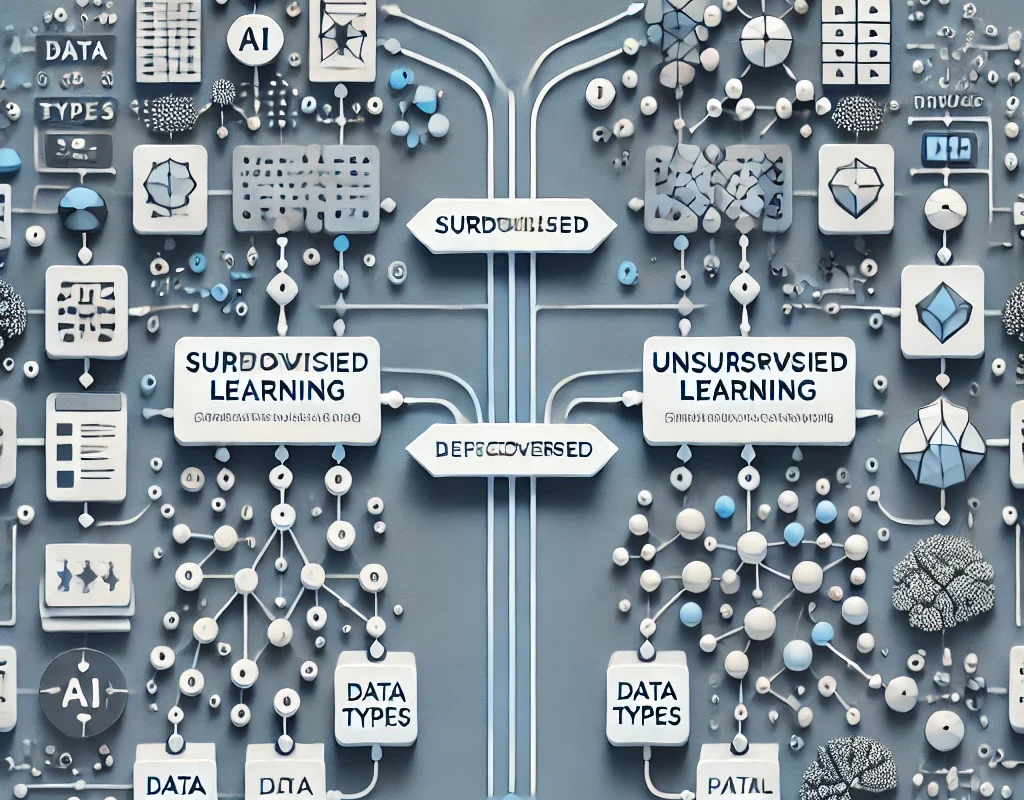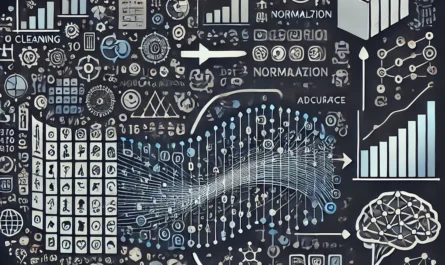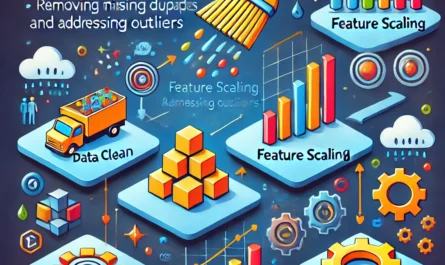In the realm of artificial intelligence (AI), choosing the correct machine learning (ML) technique can make or break the success of a project. AI’s dynamic capacity to improve decision-making, enhance efficiency, and revolutionize industries hinges on the right learning model. But when faced with the choice between supervised learning and unsupervised learning, how do you know which one best suits your project? Let’s delve into the key factors and use cases that will help you decide.
Introduction
Artificial intelligence (AI) has emerged as a driving force across industries, thanks to its capacity for complex problem-solving and optimization. Machine learning (ML), a subset of AI, is essential for creating intelligent systems that can learn from data, making predictions, and uncovering hidden insights. But the success of these AI projects often comes down to selecting the right learning model.
The primary distinction in machine learning techniques lies between supervised learning and unsupervised learning. Each has its strengths, ideal applications, and limitations. Deciding which to use can feel overwhelming, but by understanding the fundamental differences and knowing how to align them with your project goals, the choice becomes clearer.
Supervised Learning vs. Unsupervised Learning
Before diving into the decision-making process, it’s essential to understand the core differences between these two learning approaches.
Supervised Learning
Supervised learning is a technique where the model is trained on labeled data. This means that for every input, the corresponding output is already known. The model learns by comparing its predictions with the actual outcomes and making adjustments accordingly. Over time, this helps the model improve its accuracy in predicting the output when presented with new, unseen data.
- Examples: Image recognition, spam detection, medical diagnosis
- Common Algorithms: Linear regression, decision trees, random forests, support vector machines
Unsupervised Learning
In contrast, unsupervised learning deals with unlabeled data. The model is tasked with identifying patterns, relationships, or structures within the data on its own. Since there are no predefined outcomes, this technique excels at discovering hidden patterns or clusters without explicit guidance.
- Examples: Market segmentation, anomaly detection, clustering customer data
- Common Algorithms: K-means clustering, hierarchical clustering, principal component analysis (PCA)
Understanding Your AI Project Requirements
Choosing between supervised and unsupervised learning starts with understanding the nature of your data and the goals of your project.
Is Your Data Labeled or Unlabeled?
One of the most straightforward deciding factors is whether your data is labeled. If you have a dataset with clear input-output pairs (like email text labeled as “spam” or “not spam”), supervised learning is the logical choice. The model will use the labeled examples to learn and make accurate predictions for future cases.
However, if your dataset is not labeled, unsupervised learning is likely the better option. It will enable you to explore the data and uncover underlying structures, such as customer segments or anomaly detection, that you may not have anticipated.
What Are Your AI Project Goals?
The nature of the task you want your AI system to perform is another critical factor.
- Prediction Tasks: If your project involves predicting outcomes (e.g., whether a loan applicant will default), you’ll need a supervised learning model. You know the historical outcomes and want to use them to make predictions about new cases.
- Pattern Recognition: For tasks that involve uncovering hidden patterns in data without knowing the expected outcomes, unsupervised learning is more appropriate. For example, segmenting a customer base into distinct groups based on purchasing behavior is a typical unsupervised learning task.
When to Use Supervised Learning
Supervised learning is ideal for projects where the goal is to predict an outcome based on historical data. Let’s explore some scenarios where supervised learning is the best fit.
High Accuracy Predictions
When your AI project requires highly accurate predictions, supervised learning’s reliance on labeled data ensures the model can be trained to achieve precision. It’s particularly useful in industries where accuracy is paramount, such as healthcare, where AI is used to predict patient outcomes based on medical history and test results.
Well-Defined Output
If you have a clear idea of what you want the AI to accomplish, such as classifying emails as spam or not, then supervised learning is ideal. The presence of labels ensures the model has a reference point to gauge its performance and make iterative improvements.
Handling Complex Problems with Ample Data
For projects with large, complex datasets (such as image or speech recognition), supervised learning can be the best approach. Since the data is labeled, the model can learn from a vast array of examples and generalize well to new data.
When to Use Unsupervised Learning
Unsupervised learning, though less predictable, has unique strengths that make it suitable for specific AI projects. Here are situations where unsupervised learning is your best option.
Exploratory Data Analysis
If the goal of your project is to explore a dataset to uncover insights without preconceived notions, unsupervised learning is invaluable. For instance, in market research, unsupervised learning can cluster customers into groups based on purchasing patterns, helping businesses understand their audience without prior assumptions.
Finding Anomalies
Anomalies or outliers are often critical in industries like cybersecurity or fraud detection. Unsupervised learning can help identify unusual patterns that differ from the norm, flagging potential security threats or fraudulent activities.
Dimensionality Reduction
For projects involving high-dimensional data (with many features or variables), unsupervised learning methods like principal component analysis (PCA) help simplify the data without losing significant information. This reduction in complexity improves computational efficiency and model performance.
Hybrid Approaches: Semi-Supervised Learning
In some cases, your AI project might benefit from a hybrid approach known as semi-supervised learning, where the model is trained on a small amount of labeled data combined with a large amount of unlabeled data. This can be useful when labeling data is expensive or time-consuming, as is often the case in domains like image recognition or natural language processing (NLP).
Leveraging the Best of Both Worlds
By using semi-supervised learning, you allow the model to benefit from the accuracy of supervised learning while leveraging the vast amount of data available through unsupervised learning. This can strike a balance between model performance and data availability.
Key Factors to Consider in Choosing a Learning Model
When deciding between supervised and unsupervised learning for your AI project, consider the following factors:
Data Availability
If your dataset is vast and labeled, supervised learning is usually the go-to choice. However, if labeled data is scarce or unavailable, unsupervised learning can provide meaningful insights from raw data.
Accuracy vs. Insight
Supervised learning generally leads to more accurate, predictable results, making it ideal for applications like credit scoring or medical diagnoses. On the other hand, unsupervised learning is better for discovering novel insights, such as customer clusters in a marketing campaign or identifying new features in product development.
You can also read; How to Leverage AI for Fraud Detection in Financial Systems
Cost and Time
Labeling data can be time-consuming and expensive. If resources are a concern, unsupervised learning might be more practical, especially in exploratory stages where discovering patterns is more valuable than predicting outcomes.



